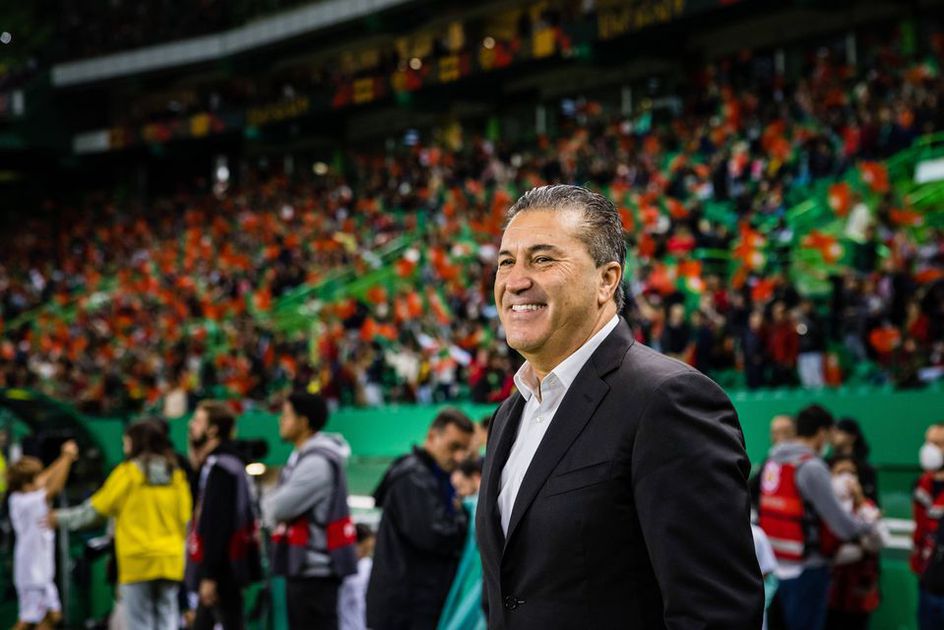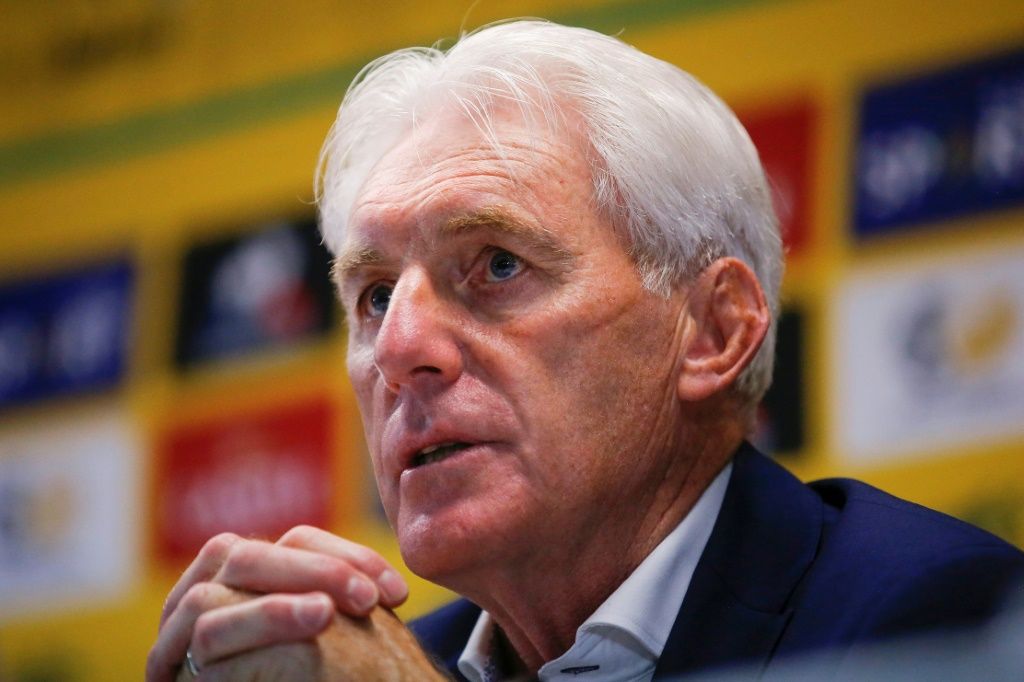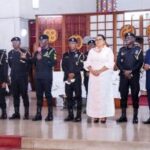The semi-final clash between Nigeria and South Africa in the Africa Cup of Nations (AFCON) 2023 is set to be a spectacle of strategic prowess and tactical ingenuity.
Both teams have demonstrated remarkable skill, resilience, and tactical acumen on their journey to this stage of the competition.
Here, we delve into five crucial tactical battles that could determine the outcome of this eagerly anticipated match.
1. Midfield Dominance: Nigeria’s Power vs. South Africa’s Precision
The midfield battle is often where games are won or lost, and this semi-final is no exception.
Nigeria’s approach has traditionally been about power and physicality, with their midfielders known for their ability to break up play and initiate attacks with strength. Frank Onyeka in midfield has been one of the standouts for Nigeria in this tournament.
His tandem with Alex Iwobi of Everton has been the anchor for the Super Eagles in their last two games. South Africa, on the other hand, prides itself on precision and technique, utilizing quick passes and movement to control the tempo.
2. Flank Exploits: Nigeria’s Width vs. South Africa’s Full-Backs
Nigeria has shown a preference for exploiting the width of the pitch, utilizing their speedy wingers to stretch defenses and create openings. Ola Aina of Nottingham Forest has been the key for Nigeria in exploiting the wings of opponents.

South Africa’s full-backs will have a critical role in countering this threat, needing both the pace to match Nigeria’s wingers and the tactical discipline to not get caught out of position.
This duel on the flanks could be decisive, especially if Nigeria manages to overload these areas and disrupt South Africa’s defensive structure.
3. Set-Piece Strategy: Nigeria’s Aerial Threat vs. South Africa’s Organization
Nigeria’s physical presence gives them an advantage in aerial duels, making them particularly dangerous from set-pieces. With Victor Osimhen leading the lines for the Super Eagles, Nigeria has always been a threat in the air. South Africa will need to rely on superior organization and tactical discipline to neutralize this threat. The battle between Nigeria’s aerial prowess and South Africa’s defensive coordination during corners and free-kicks could lead to pivotal moments in the match.

4. Defensive Compactness vs. Attacking Fluidity
Both teams go into this game with the best defense in the tournament. South Africa’s attacking fluidity, led by Percy Tau is often characterized by interchangeable positions and quick interplays, will test Nigeria’s defensive compactness. Nigeria’s ability to maintain a structured defense without being pulled out of shape by South Africa’s movement could be key. This tactical battle will not only require physical attributes but also mental sharpness and communication among the Nigerian defenders.
5. Counter-Attacking Conundrum: Nigeria’s Speed vs. South Africa’s Transition Defense
Nigeria’s counter-attacking threat, spearheaded by their fast forwards, Ademola Lookman and Moses Simon could exploit spaces left by South Africa’s attacking ventures. South Africa’s transition defense, therefore, becomes crucial.
How quickly and effectively they can switch from attack to defense to mitigate Nigeria’s counter-threat will be a tactical aspect to watch. This battle could hinge on individual duels and the ability of South Africa’s midfield to provide cover for their defenders.
Pulse





